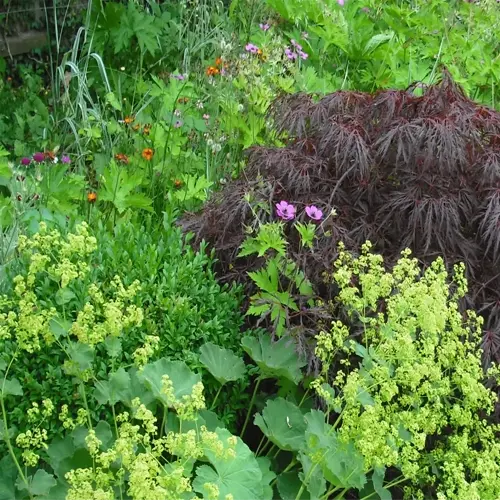Do full sun annuals attract pollinators?

Written by
Kiana Okafor
Reviewed by
Prof. Martin Thorne, Ph.D.Annuals that thrive in fully sunny situations are excellent pollinator magnets. Zinnias and sunflowers make great "landing pads" for bees, and lantana with more tubular flowers help draw hummingbirds in like magnets. I installed a patio garden for a client with these types of annuals, and within a few weeks, swallowtail butterflies greatly outnumbered the aphids. It's better to plant in groups of five or more to give the flowers more floral targets!
Planting Tactics
- Cluster same species in 3x3 ft (0.9x0.9 m) groups for visibility
- Intersperse with herbs like basil to deter pests naturally
- Use white or yellow blooms for night-pollinator appeal
Chemical-Free Protection
- Spray neem oil weekly during aphid season
- Set up bee hydration stations with pebble-filled water dishes
- Introduce ladybugs to control aphid outbreaks organically
Timing of nectar flow is important.Some early bloomers, such as pansies, can help sustain bees while they are active or tuning up in spring. Some late bloomers, like asters, serve as a food source while monarchs migrate. Because the client has staggered planting, their quiet yard will now host migrating butterflies. In addition, we advise that when choosing nectar flowers look for single-petal varieties as opposed to hybrid doubles, to make it easier for pollinators to access the nectar.
Water & Shelter
- Install shallow birdbaths with sloping edges for safe insect access
- Leave bare soil patches for ground-nesting bees
- Add brush piles for butterfly overnight shelter
Seasonal Support
- Plant milkweed near sunflowers for monarch caterpillars
- Let zinnias go to seed in fall for bird food
- Overwinter lantana in pots for early spring blooms
Follow your impact. I closely observed one suburban garden with 14 bee species using zinnias and lantana. Use social media to share your pollinator wins and tag conservation groups to participate in citizen science work. Those efforts are critical to establishing important wildlife corridors in the urban environment.
Read the full article: Full Sun Annuals: Blooms That Thrive in Sunshine

